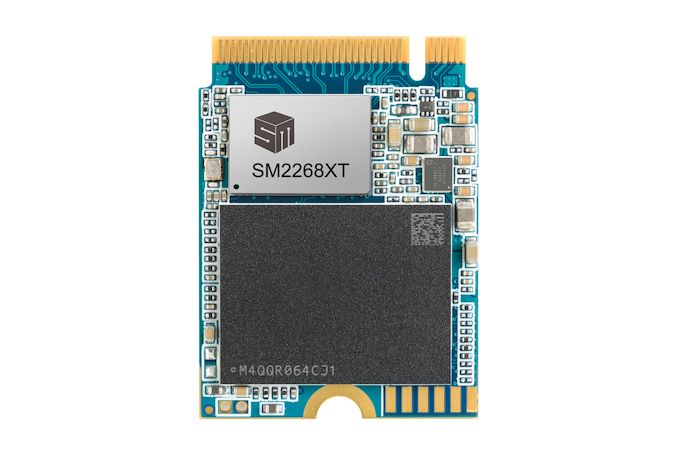https://ift.tt/ioPpfvq
Microsoft’s DirectStorage tech has had its first outing on PC courtesy of Forspoken, and according to some new testing, the feature boosts not just loading times considerably (for those with the right hardware), but also in-game frame rates in certain scenarios.
Neowin flagged up a YouTube video in which Compusemble tested Forspoken, observing that: “DirectStorage has a pretty significant effect on frame rate, frame time consistency, and GPU utilization at 1080p, whereas it has virtually no effect at higher resolutions.”
What seems to be happening here, Compusemble elaborates, is that DirectStorage only kicks in like this to bolster frame rates when the game is CPU-limited, meaning the processor is struggling with its workload, whereas the graphics card is ticking along just fine.
That’s the case when playing Forspoken at 1080p (Full HD resolution) for Compusemble, but when the resolution is cranked up to 1440p, the YouTuber becomes GPU-limited instead – and the frame rate boost vanishes into thin air.
The testing was performed with a Sabrent Rocket 4 Plus-G SSD (2TB) in a gaming PC with an RTX 3080 Ti graphics card plus Ryzen 7 7700X CPU. Remember, to get the full benefit of DirectStorage you need an NVMe SSD, and furthermore running Windows 11 gives better results than Windows 10 (the test PC used Windows 11).
Analysis: New GPU decompression tech at work? Not the case, in fact…
We knew that DirectStorage would do more than just speed up loading times, and that it’d make a difference in big open world environments, supercharging the in-game loading of assets on-the-fly. But this is the first tantalizing evidence that the tech really can boost frame rates on PC – at least in certain scenarios, namely where the GPU isn’t breaking a sweat, but the CPU is getting hammered.
So, this could make you think that this is clear evidence that the GPU decompression tech in DirectStorage 1.1 – the latest version that Forspoken uses – is coming into play here. This allows the GPU to handle decompression of game assets (which are compressed for size reasons), and the graphics card can do this far more efficiently than the CPU – helping to take a load off the latter when it’s struggling, and thus improving frame rates in CPU-limited scenarios.
That’s the obvious theory, but as Digital Foundry separately points out, even though Forspoken does utilize DirectStorage 1.1, apparently GPU decompression isn’t actually active here, as there is “no GPU compute usage spike when the game is doing a dedicated load” (when obviously there should be if the card was busy with decompression work).
All in all, this is a bit of an odd one, and as Digital Foundry (and others) have observed, there are quite a few issues and glitches with Forspoken on PC. (Not exactly uncommon with games which are subject to multiple delays, and indeed console ports, it has to be said).
The conclusions we can draw from a single game are, of course, limited, but we can say that if these are the results without GPU decompression being made use of, it’s exciting to imagine what other games that actually employ this tech might do for frame rates (at least away from high resolutions). Although that excitement is somewhat tempered when we think about what the next game to use DirectStorage on PC might be – which, well, isn’t yet clear.
We simply don’t know anything else about what games will be supported on the Windows platform after Forspoken, which is somewhat ominous in terms of suggesting the wait for a second title – with any luck featuring an even better implementation of DS 1.1 – could be a long one. But next year, maybe, DirectStorage could become a compelling reason for gamers to upgrade to Windows 11 if they haven’t already made the leap from Windows 10.
from TechRadar: computing components news https://ift.tt/CchGzbJ
via
IFTTT




